The KanjiraMan
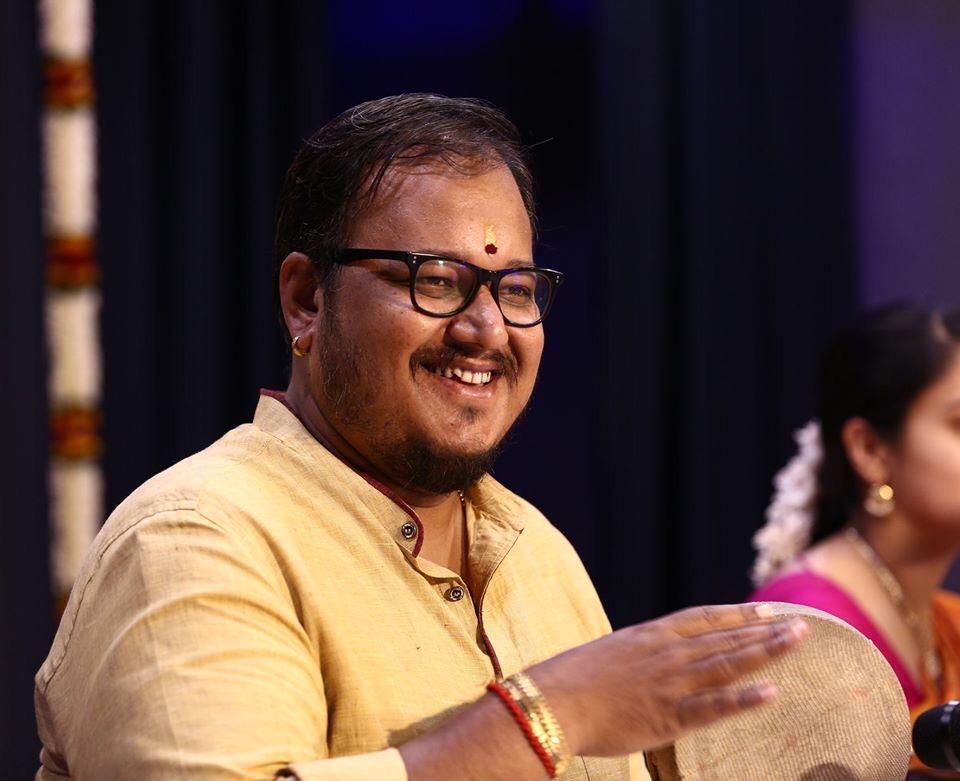
B Shree Sundarkumar, aka The KanjiraMan, is acknowledged as a wizard on the kanjira by artistes young and old, prolific and niche, Carnatic and other genres. An “artiste of eminence” says Sangita Kalanidhi Umayalpuram K Sivaraman. “Incomparable,” says kanjira artiste BS Purushotham. “Rare calibre,” says vocalist Abhishek Raghuram, who himself is adept on the mridangam and the kanjira. “The face of the kanjira on international stages,” says vocalist Kunnukudi Balamurali Krishna.
Sundarkumar articulates his views as resoundingly as he plays his instrument. He strongly believes that all artistes are equal on stage, regardless of vocal or instrument, gender, age or tenure. “There should be NO pecking order. Skill and talent alone should be criteria.”

The reality, though, is very different. “The man of the match in cricket is adjudged only at the end of the match. But the recognition each artiste in a Carnatic concert gets is already pre-decided before the concert – simply based on whether/what they sing or play.” Within percussion, the mridangam is implicitly assumed to ‘lead’ the charge with the other percussionists taking cue, expected to follow, and to play for lesser duration than the mridangist. This is seldom articulated but a real issue for percussionists who are not mridangists. Sundarkumar takes exception to the oft-used term ‘upapakkavAdyam’ for these instruments. “It is insulting,” he says.
Thanks to Sri. Shree Sundarkumar for sharing media elements for this page. A version of this piece appeared in The Hindu.

The KanjiraMan had his first concert at age 5 on the mridangam. His father, Dr. KBS Mani, was his first teacher and put in his all into grooming Sundarkumar. As a practicing veterinary doctor, Mani did not take up music professionally. Both Sundarkumar’s sisters, B Lakshmishree and B Vijayashree are vocalists and his maternal uncles are all into music – AS Krishnan – morsing, AS Ranganathan – mridangam, AS Shankar – ghatam and AS Murali – vocal. “I grew up with music, literally,” says Sundarkumar. At 6, he joined Karaikudi Mani for further instruction in mridangam, along with Mani’s much older students. He soon got excellent opportunities. “Sri Yagnaraman of Krishna Gana Sabha promoted talent, regardless of age. As a result, I got to play with veterans like N Ramani Sir, Thanjavur Venkatesa Iyengar Sir, OS Thiagarajan Sir, etc. even as a child.”
A concert he attended at The Music Academy in 2001 was a game changer. “As far as I remember, it was Trichur Ramachandran Sir with Umayalpuram Sivaraman Sir and Harishankar Sir on kanjira.” He recollects Sivaraman saying he would do tani avartanam for a very early piece – in Adi talam 1 kalai. Sundarkumar wondered how Harishankar could possibly translate in one hand what had been done with two – in tremendous speed and clarity. “I was just blown away. I could not even see Harishankar Sir’s hands and there was absolutely nothing he could not do.” It made such an impression on him that he promptly went to Saptaswara Musicals and bought a kanjira. “My mother (AS Vijayalakshmi) scolded me for wasting money when we already had mridangams at home.”
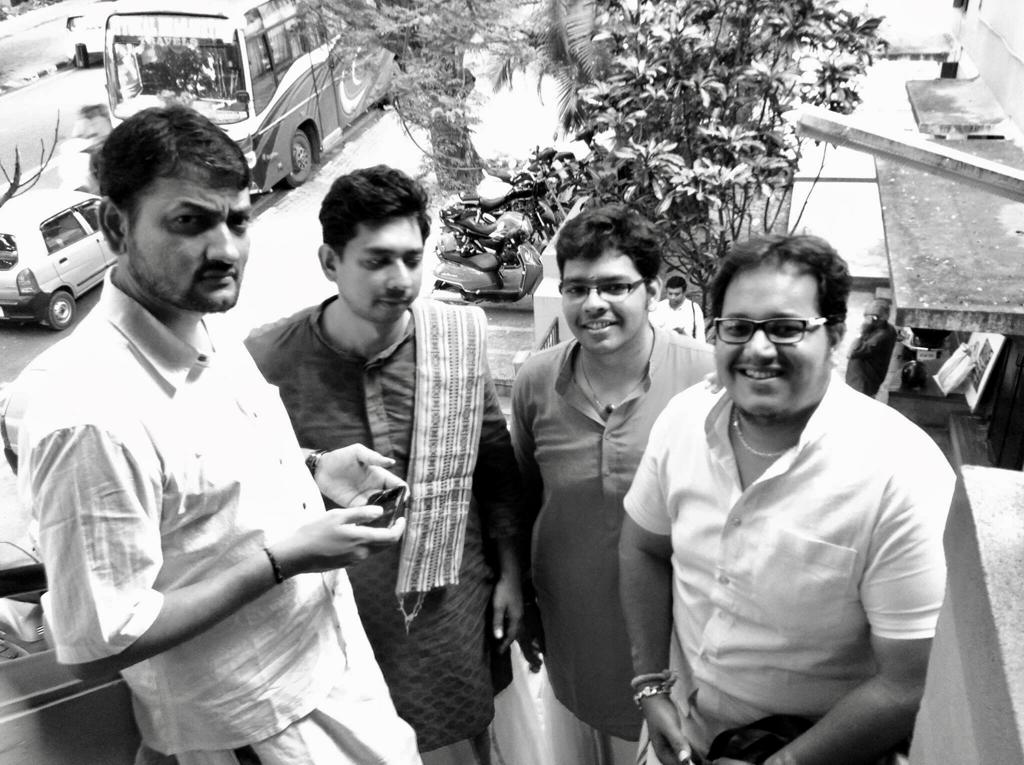
He spent hours practicing by himself, playing along with movie songs on TV, getting a feel for the instrument and understanding the intricacies of the drum. He played alongside recordings of old masters. He listened and observed Harishankar intently and worked on translating his mridangam skills effectively on the kanjira. “The mridangam has myriad sounds and tones, whereas the kanjira has, at the most, three. With just those three, I had to learn to still produce a full and complete effect on the kanjira – that was where the work went in,” says Sundarkumar. After about 6 months, he showcased his skills to his Guru, Karaikudi Mani who told him to switch over to the kanjira.

Purushotham says that Sundarkumar can produce with one hand anything played with two on other percussive instruments. He adds, “On the kanjira, Sundarkumar can reproduce strokes played on mridangam, tavil, tabla, drums…”
Sundarkumar attends Thyagaraja utsavams, Shivaratri akandams, Sadashiva Brahmendar utsavams etc. regularly. At one such festival in 2002, he played for flautist Sangita Kalanidhi N Ramani. He was extraordinarily given a tani avartanam too. Sundarkumar floored the artistes and the audience. “I had played a korvai Harishankar Sir was famous for. To play it with speed AND clarity is extremely difficult and requires asura sAdhakam. Ramani Sir and Srimushnam Raja Rao Sir (who played the mridangam) appreciated and complimented me effusively on my playing.”

Kunnukudi Balamurali Krishna, who has collaborated with Sundarkumar for over two decades explains further facets. “No other kanjira player can reflect the ‘AdhAra sruti’ of the artiste he is playing for with such perfection – this is no easy task as one cannot properly calibrate how much pressure should be applied. He can also switch between the mridangam and the kanjira instantly.”
Sundarkumar says his only criteria for playing or collaborating is skill and talent. He says, “Layam is all about kAla pramANam, not about kaNakku. How we choose to interpret the empty space between beats is what makes it chatusram, tisram, kandam, misram etc.” Purushotham draws attention to Sundarkumar’s detailed delineation of sankeerna nadai which “few have tried exploring.”
Sri. Anantha R Krishnan puts tALam.
“One should play according to the melody and the gamakam with appropriate vallinam and mellinam.” He does not think of instrumental or vocal music differently – “I go by the sound and the feel – and play according to that.” He firmly feels that percussionists should have an excellent sense of melody which, he says, can be developed by active listening of old masters alone. “I love playing for songs more than solos. I relish and hang on to every syllable. I want to inspire the vocalist/instrumentalist by what I play. I will play only if, and where, I feel it will accent the overall music positively.” He similarly thinks vocalists and instrumentalists should have knowledge of percussion and expresses regret that this is sorely lacking.
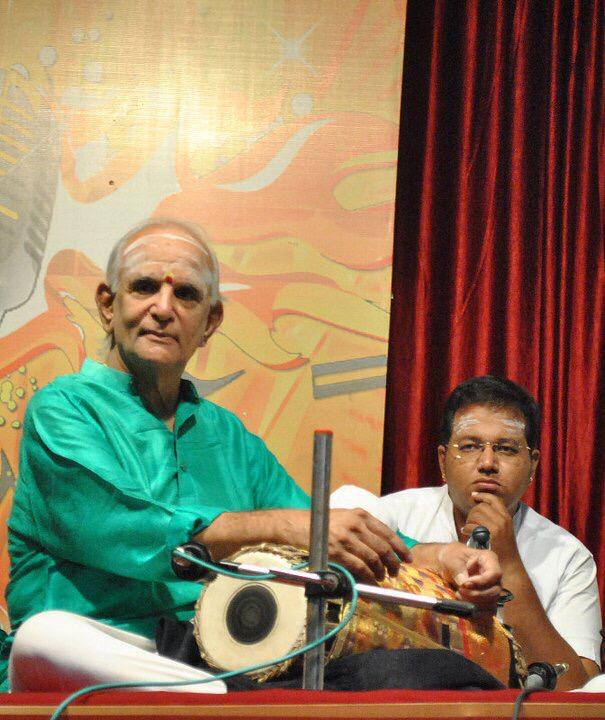
Umayalpuram Sivaraman commends Sundarkumar’s “sangeetha gnana” and “laya gnana” and his knowing when and when not to play. “This is a quality any eminent artiste much possess”. Sivaraman adds, “He modulates the tone of the kanjira in different colours that go well with the concert pattern. To achieve this dexterity requires a lot of sAdhaka but how this knowledge is channelised showcases an artiste’s skill. Sundarkumar possesses this in abundance.”
Sundarkumar teaches several students at home and abroad. He incepted the Kanjira Man Foundation to promote solo concerts of percussion instruments and organized a three-day festival last year. “A dedicated event celebrating percussion was necessary to promote these instruments and give them their due.”
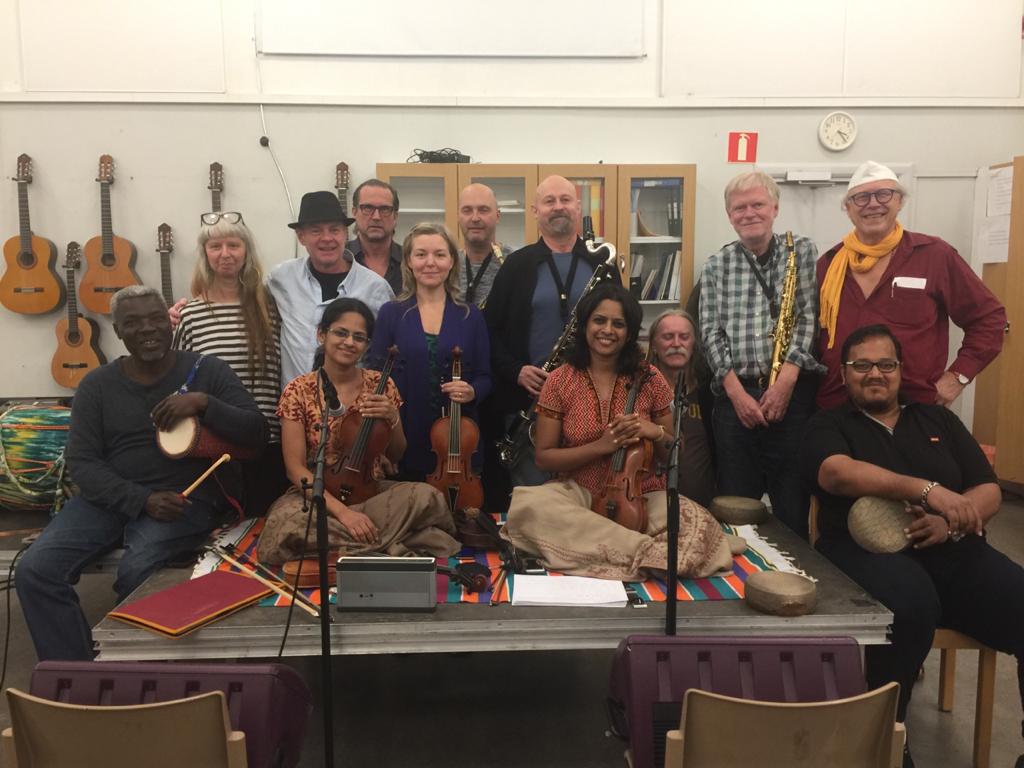

He worked on the movie Sarvam Thaala Mayam directed by Rajiv Menon with music by AR Rahman. He has collaborated on several fusion projects including on with drummer Ranjit Barot, with playback singer Kailash Kher on MTV Unplugged, with lyricist and singer Amit Trivedi on Coke Studio, L Shanker, late fusion violinist Balabhaskar, drummer Sivamani, and more. Guitarist Darryl Dobson and he released a Jazz CD in the US titled Ninth Wave. Sundarkumar had also formed a fusion band called MAyA – with vainika Rajesh Vaidya, drummer Gino Banks and flautist Naveen Kumar (of Roja fame). Their first album received the award for Best Instrumental Fusion Album at Palm Expo in Bombay.
“His mastery of the instrument and the music is a rare privilege to have on stage. That this has been achieved through years of unrelenting practice of various forms is inspiring. He has achieved new heights in the art of playing kanjira.”
Abhishek Raghuram – Vocalist also adept at Mridangam and Kanjira.
The Kanjira Man, Shree Sundarkumar, wishes that the music field rids itself of battles of ego, overt or covert, that the music be put at the forefront with the artistes seeing themselves as mere instruments to communicate the artform.
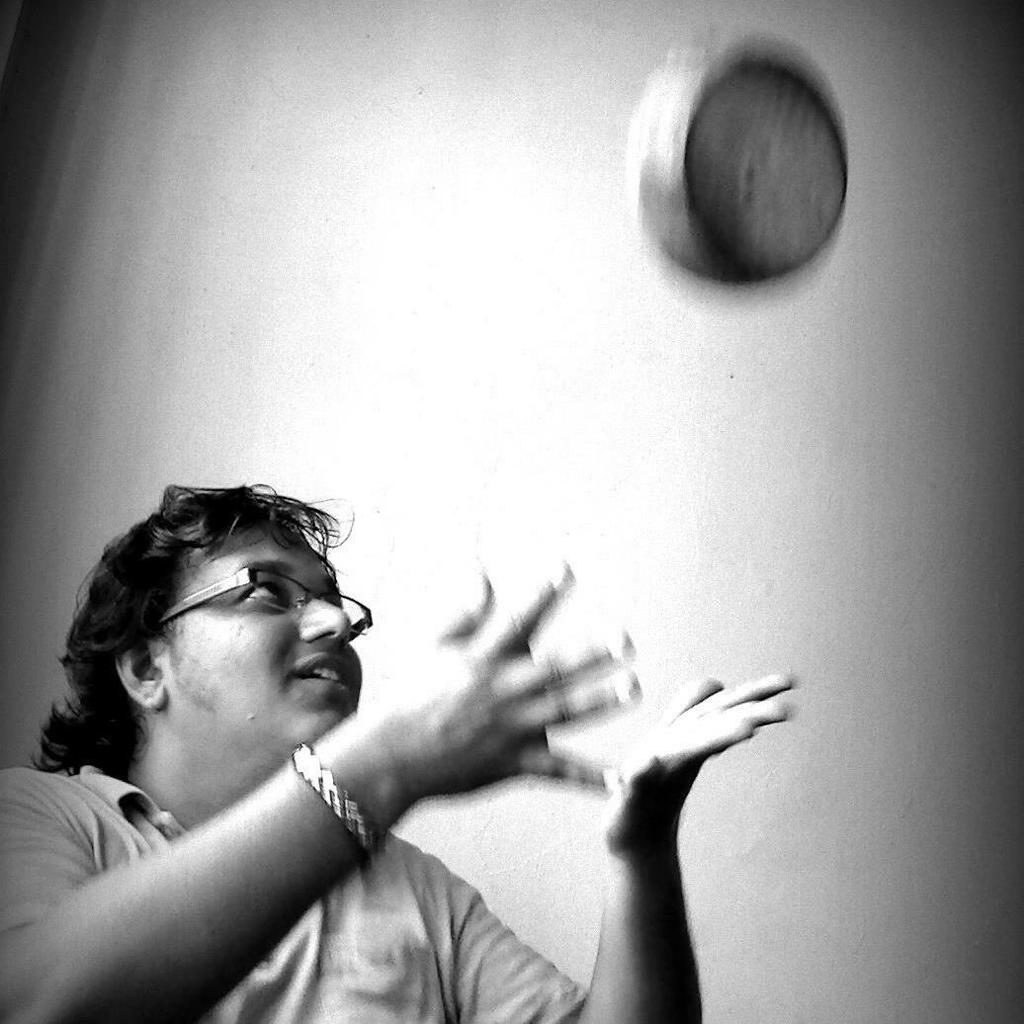
Excellent article, very comprehensive, answering all questions a Karnatic music rasika would have about an artist. Keep doing this about all other artists. I should admit I have not read your other article; I am going to try and read them.
Can you provide the email address of Sri Sundarkumar? I would like to communicate with him on an article I wrote on mridangam recently.
ksk